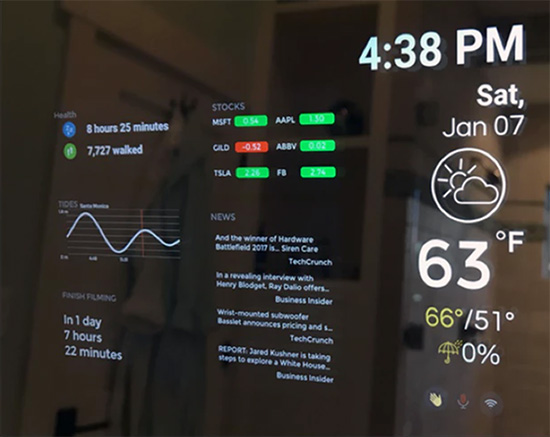Low-Tech, Old School Way of Making Art

The old-school way of making art – flat features and babies that are shrunken adults.
One thing you observe when looking through art history, is that a lot of art looked the same – for centuries, as they were making art the only way they knew how – then BOOM. An explosion of depth in paintings. Up through the Byzantine era, most artwork looked flat. Very rarely would you see the side profile of a person. Most art had a religious theme because only the church, royalty, and the rich could afford to commission an artist to make art. Whenever you see a baby in paintings pre-dating the renaissance, they look like shrunken adults, not babies.
The explosion of depth in Renaissance painting
Artwork that we often categorize as some of the most recognizable of the renaissance period predates the known existence of the Camera Obscura and the Camera Lucida by over a century, but it has been theorized that the most well-known artists of the period were using a type of Camera Obscura or Camera Lucida to achieve depth and appropriate ratios of arms and heads to body sizes. Seemingly overnight, we start to see artwork like this:
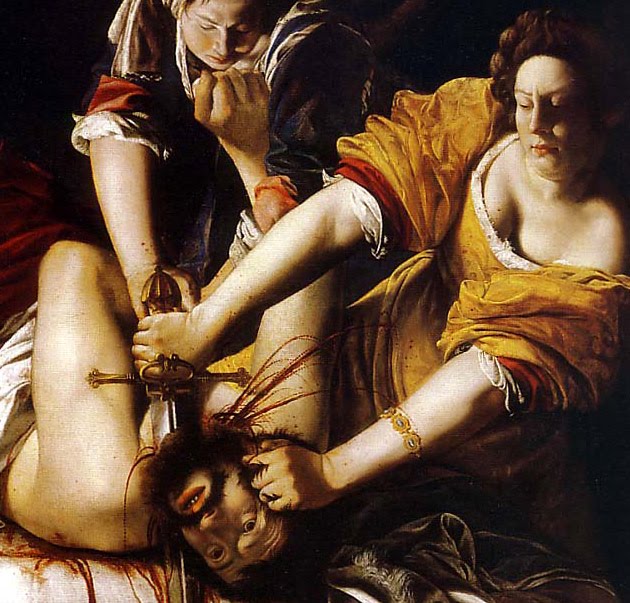
Finally, a geek article that lets me share one of my favorite renaissance paintings. 🙂 Artemisia Gentileschi was a unicorn – one of the very few female renaissance painters – and quite the master of the craft. Notice how the art here looks like a photo or a movie scene. Light moves around the contours of the arms and faces. Granted – there was amazing skill involved – but how did artists of this time suddenly have the ability to see these details?
Enter the Camera Lucida
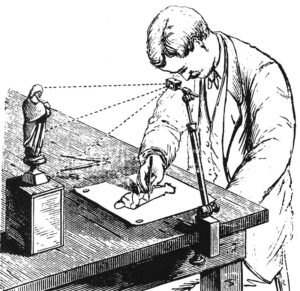
The old-school Camera Lucida
Artist Pablo Garcia wants to help artists around the world by bringing back an old-school technique of making art. The Camera Lucida. Long before the invention of photography, these ‘cameras’ allowed artists to see a reflection of their subject projected onto their canvas. Some today would call this “tracing” or “cheating,” but having tools at your disposal does not suddenly transform you into a talented artist. Just as the discovery of new pigments gave artists new colors to use in their palettes was not cheating – this is not cheating. It’s a tool. And a pretty freakin’ awesome tool at that.
Garcia, professor at School of the Art Institute of Chicago (SAIC), successfully funded a Kickstarter campaign a while back with a modern rendition of the old-school Camera Lucida. Now he’s back with a newer and bigger version – the NeoLucida XL. He’s passionate about this tool and wants more of these to be made for art students to use. Larger viewing area means less hunching and squinting on the part of the artist. A lot of thought went into its redesign.
There’s still time to back this project
At the time I’m writing this blog post, there are about 4 weeks left to back this project on Kickstarter. You can still get your hands on your very own NeoLucida XL. You can check out Garcia’s Kickstarter page, follow his personal website, follow him on Twitter, follow him on Instagram, follow the NeoLucida on Twitter, or check out the NeoLucida on Facebook.
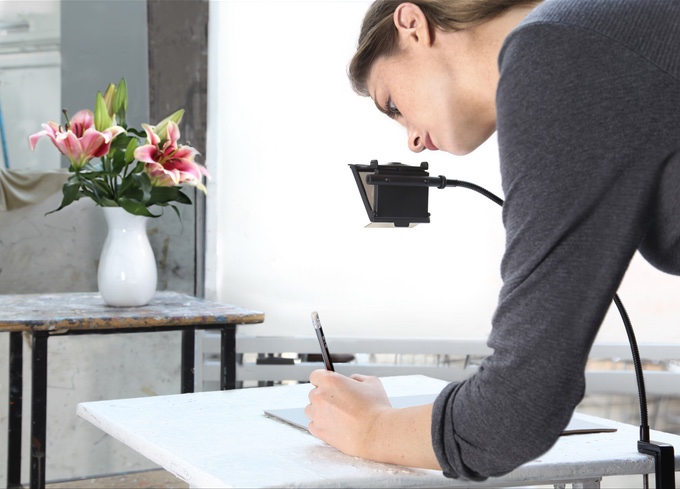
Here’s the NeoLucida XL in use.

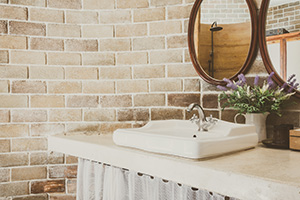 The Mirror of the Future Has Arrived
The Mirror of the Future Has Arrived
